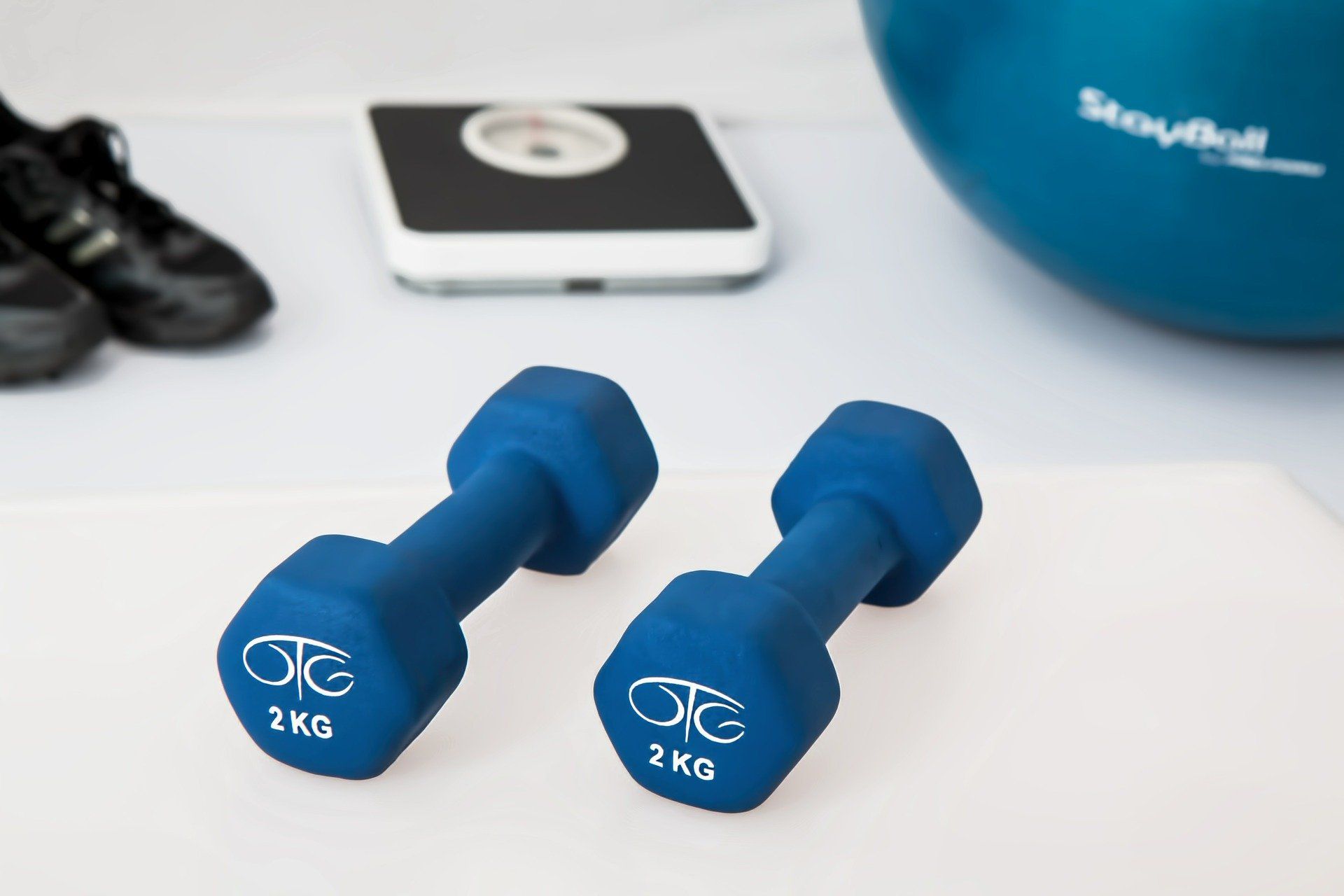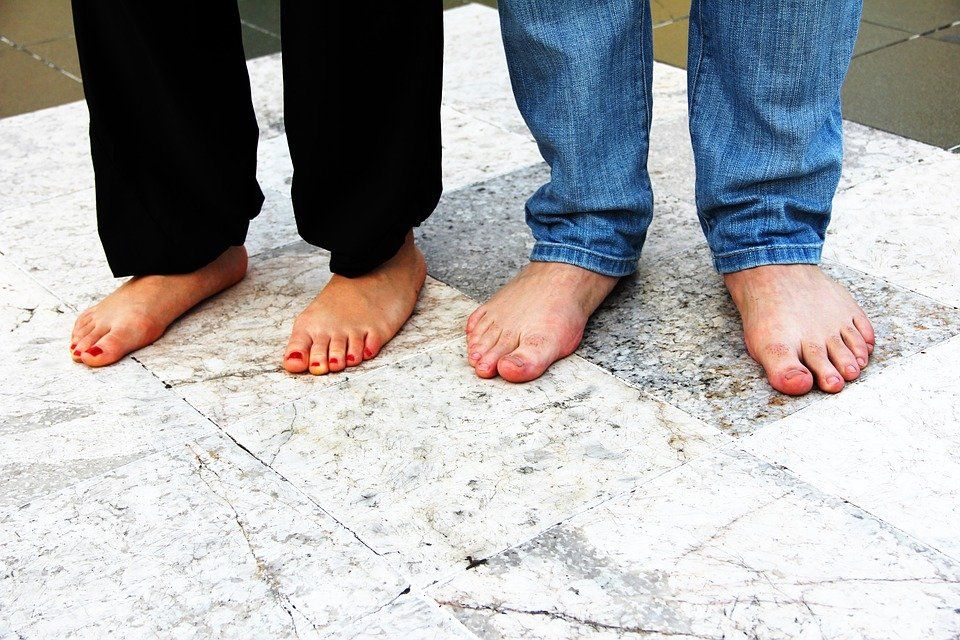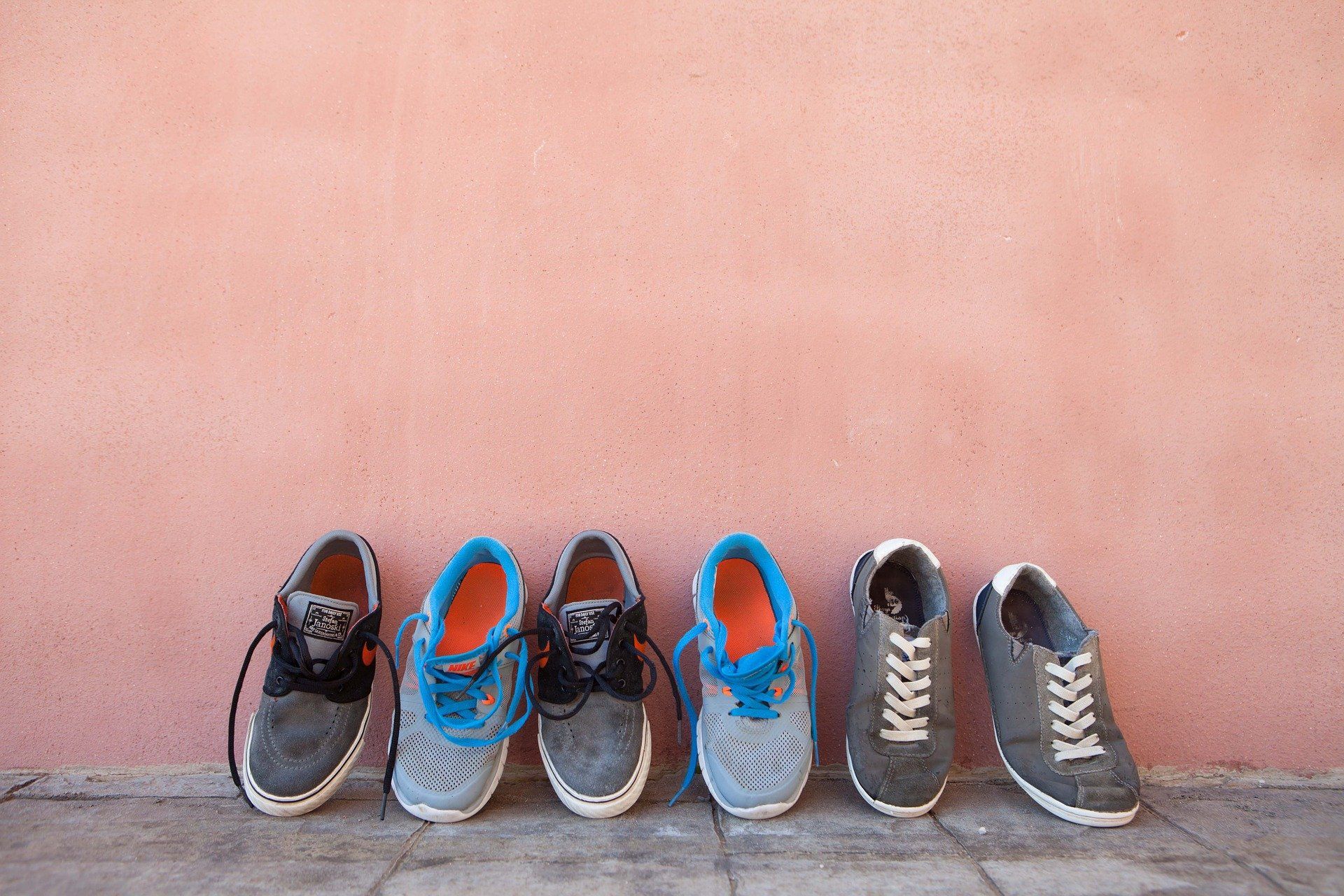The only thing you need to detox from is detox diets.
May 20, 2021
To detox or not to detox?

There is no shortage of diets out there which claim to remove toxins from the body, cause rapid weight loss and improve energy levels, however there is very little scientific evidence to support their use. While there are a number of different detox diet protocols, typically they contain a combination of the following characteristics:
• Fasting, or drinking only specific liquids such as lemon juice
• Increasing excretion by using laxative or diuretics
• Eliminating food groups or ‘processed’ foods
Before going into more depth about the effectiveness of these diets it is important to understand how the diet industry uses claims which are vague and hard to prove to encourage people to buy their diets, shakes or pills. In a medical setting, ‘detox’ is a term used to describe ridding the body of alcohol, drugs, or poisons. This occurs under medical supervision, and only where there is clear clinical benefit and may require the use of medications or other therapies to do so. Detox diets on the other hand, claim to rid the body of toxins which we are exposed to during everyday life such as pesticides, antibiotics, chemicals from food packaging, food additives and heavy metals. The theory being that these exposures are causing dysfunction within our body and preventing us from functioning at our best. There is very little evidence of this phenomenon occurring and even less that detox diets do as claimed.
Thankfully, our bodies have a built-in detoxification system comprised of our liver, kidneys and even lungs. The liver is the main recycling and manufacturing hub of the body, it filters the blood to remove harmful substances that are exposed to through normal functions like digestion. A good example of this role is the liver processing of alcohol.
The liver is supported by our kidneys which further filter the blood to eliminate toxins through the urine and maintain the bloods tightly regulated pH. Lastly our lungs have cilia, which are tiny finger like hairs, which catch toxins we breath and expel them through coughing or typical body processes. Laxatives and diuretics in theory accelerate the process of ‘toxin’ excretion through our stool or urine. Their use without medical direction or supervision is not recommended as they can cause excessive losses of fluids and electrolytes, which can have life-threatening consequences if severely depleted.
Typically detox diets do cause weight loss in the short term due to a reduction in overall food intake as well as carbohydrate intake. This weight loss is predominantly ‘water weight’, caused by lower carbohydrate and water stores in the body. This weight loss in normally temporary and will return as soon as the detox diet is stopped. Current scientific evidence suggests that detox diets are not effective at causing meaningful, long-term weight loss. While detox diets are not the cure-all which some claim to be, some features of the diets like reducing ultra-processed foods and alcohol intake linked with improved health.
Here are some evidence-based dietary changes which you can implement to reduce your risk of disease and support your body’s optimum function:
• Reduce intake of ultra-processed foods such as sugar sweetened soft drinks, lollies, and biscuits.
• Support your body’s natural ability to detoxify by aiming to eat five serves of vegetables and two serves of fruit per day.
• Reduce your alcohol intake, aiming for less than the Australian guidelines of less than 10 standard drinks per week, with no more than four in any one day.
• Aim to eat 25-30 grams of fibre per day. Fibre helps to keep bowel movements regular and helps to maintain gut health.
• Choose lean, minimally processed meat choices. Use your palm to guide your meat portion size. Aim to eat as little highly processed meat options such as salami or nitrate treated bacon as possible.
Article written by our Dietitian Dylan Tapp.

Managing your diabetes is certainly an important aspect of maintaining your health and quality of life, but your goals and interests are very important too. Exercise Physiologists are specially trained in prescribing exercise to achieve your goals and manage your health while considering all aspects of your life, come and visit one of our Exercise Physiologists to discuss the best exercise for you, your life, your goals, and your diabetes. What is Type 2 Diabetes? Type 2 Diabetes is the result of increased insulin resistance and beta-cell impairment. Your pancreas has cells, named beta-cells, that produce insulin which helps your body use and store glucose, the sugar your body gains from the carbohydrates you eat. When you eat carbohydrates, your pancreas makes and releases insulin, which helps your body use and store the glucose (usually known as ‘sugars’) that are contained in carbohydrate foods. This insulin helps your body use the glucose as energy for your brain and muscles, or store the glucose in your muscles and liver to be used later. Without insulin the glucose stays stuck in your blood, which raises blood glucose levels and reduces the amount of glucose your brain and muscles have available to use as energy. In Type 2 diabetes, two areas of this process are impacted. 1. Beta-cell death: The cells in your pancreas that make insulin are overworked and some cells can die. Usually due to years of working too hard to create enough insulin to keep up with high carbohydrate and sugar intake and/or because they were a bit weaker to begin with and became more easily overworked than usual (due to family history and genetics). 2. Insulin resistance: Your body needs more insulin than usual to get the glucose out of your blood and into cells where it can be used as energy or stored for later. This puts stress on your body to produce more insulin than it usually would and often leads to further beta-cell death. These two processes cause ongoing problems, because as your insulin resistance gets worse and you need more insulin to do the same job, your cells get more and more overworked trying to keep up with your bodies demand. How does exercise help? As you exercise your heart rate increases and pumps your blood around your body more rapidly, this increase in blood flow helps deliver the glucose in your blood to your muscles, so it is pulled out of your blood more quickly than usual. Within your muscle cells there are transporters that move the glucose from your blood into your muscle cells to be used, some of these cells are powered by insulin, but some of these transports are powered by exercise. So, as you exercise, your cells have access to both the insulin and exercise transporters to get the glucose out of your blood and into your muscles, enabling much more glucose than usual to be moved out of the blood. Once you have moved your body and muscles, your muscles need to replenish their energy supplies again. To do this, a large amount of glucose is taken out of your blood and stored in your muscles, ready for the next time exercise is completed, taking this glucose out of your blood reduces your blood glucose levels. Replenishing the glucose stores in your muscles is also beneficial for preventing weight gain because if more glucose is stored in your muscles, less if left over to be stored as body fat in your adipose tissue. As your exercise more regularly and get fitter your body becomes more efficient at storing glucose and can store much more in your muscles than previously. However, this does not increase forever, and you must continue physical activity regularly to maintain your improved ability. What type of exercise is best? To choose the best exercise for you it is important to consider all the other aspects of your life and health, because you are much more than just your diabetes diagnosis. Exercise should be focused on improving your health and wellbeing, making you feel stronger, increasing your independence and ensuring you can continue to complete all the activities you enjoy throughout your lifespan

In-toeing or pigeon-toed is a very common walking pattern in young children. As they walk their toes turn inwards ‘like a pigeon’. This type of walking is commonly seen in children between the ages of 2 years old and 7 years old. A lot of the time, in-toeing at these ages isn’t cause for concern as it can be a very normal part of your child’s development. However, this isn’t always the case. If your child is in-toeing and you notice the following: Excess tripping and/or clumsiness Fatigues very quickly Wants to be carried all the time Can’t keep up with other children their age Wears through footwear very quickly Is over the age of 7 Is excessively in-toeing and it doesn’t just look quite right We do recommend that you see a health professional. Our podiatrist can assist you with any of the above concerns you may have or if you just want to get a check up on your child’s feet, we are here to help. Contact the Toowoomba clinic today on 4632 7024 or 4662 2855 for our Dalby clinic.


